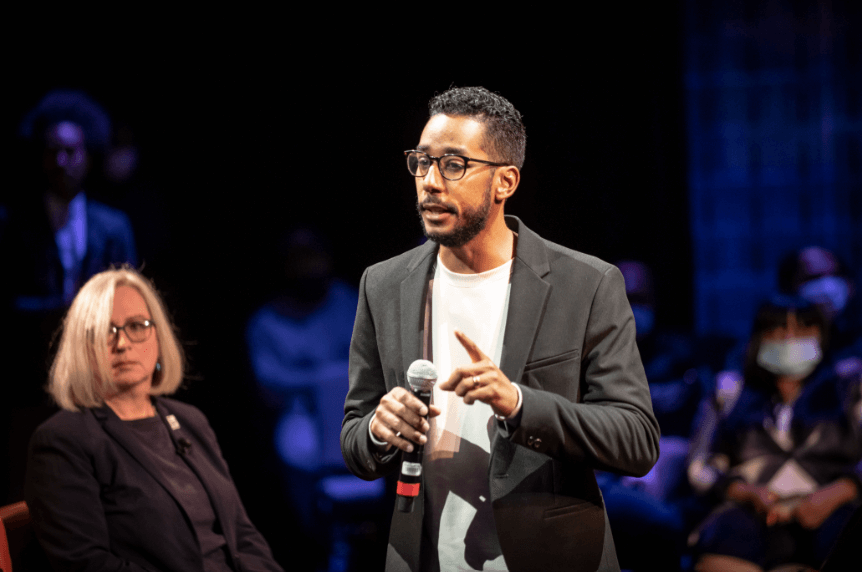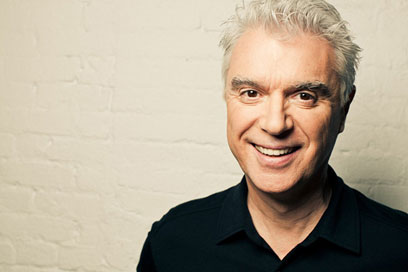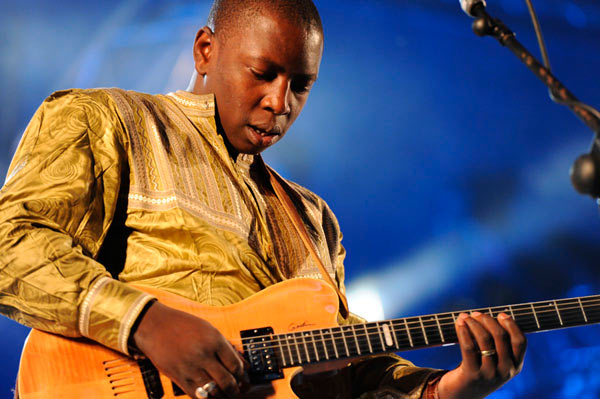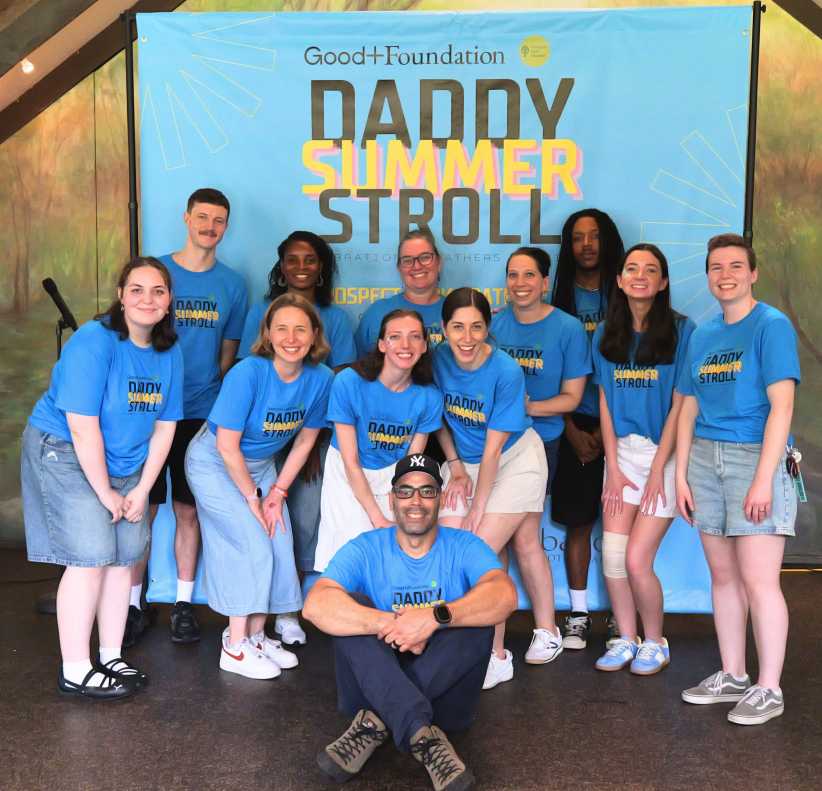BRIC has brought back its tradition of in-person town halls on the issues that matter to Brooklynites, discussing the housing crisis in the Borough of Kings on Thursday night with remarks from Borough President Antonio Reynoso.
The arts and media nonprofit, known for staging the annual Celebrate Brooklyn series of free summer concerts in Prospect Park, had been holding its “BHeard” town hall series virtually since the onset of the pandemic in 2020, but on Sept. 29 brought panelists and a live audience back into its Fort Greene studios.
The topic at hand was the out-of-control cost of housing: as of August the median rent in Brooklyn was standing at nearly $4,000 per month, up nearly 25% over a year prior, according to market research by real estate firm Douglas Elliman. Real estate market forces are showing no signs of letting up, while politicos work towards relief.
During the pandemic’s darkest days of 2020 and 2021, Brooklynites witnessed a collapse in the residential real estate market, meaning significantly more affordable rents and landlords offering tenants concessions in order to lease their apartments. Housing further stabilized during the pandemic as the state imposed a moratorium on evictions, and ultimately allowed landlords to collect rent arrears directly from the government via the Emergency Rental Assistance Program (ERAP).
But those days are over. Now, Brooklynites are facing the highest-ever median rents in the borough. The eviction moratorium was allowed to end, bringing with it the return of the sausage machine churning people through the process to be removed from their homes. Brooklyn landlords have filed 21,722 evictions so far this year, according to state court data, below the nearly 50,000 filed in 2019 but well above the numbers seen in 2021, when most evictions were disallowed. The data shows that evictions are disproportionately being filed in neighborhoods of color.
What’s more, with landlords filing so many evictions, legal service firms providing statutorily-required attorneys for evictions have been so swamped with cases that many have been forced to go in front of judges without lawyers.
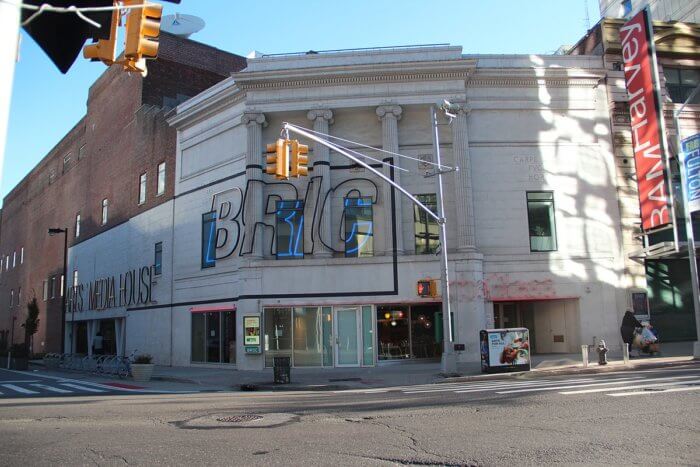
Tenants, advocates, and politicians have proposed any number of remedies to the issue. For Reynoso, the key problem is that New York is not building enough housing, stating at the town hall that the city will need 560,000 more units by the end of the decade to meet anticipated demand, a number it is not on track to meet. The result is a housing shortage and inflated rents.
As borough president, Reynoso’s position is largely ceremonial, but he has been using his pulpit to push “comprehensive planning” for significant amounts of new housing, where community stakeholders can play a part in deciding where new housing is built but can’t avoid it altogether, as is often seen in the status quo.
“Comprehensive planning allows us to look globally at how neighborhoods impact one another, what our people need, and what has to be done to create a city that uplifts all of us, not just the privileged few,” the beep said at the town hall. “It is a collaborative, future-thinking, and boroughwide effort. It puts community first. It recognizes that neighborhoods don’t exist in a vacuum, and that planning is not synonymous with zoning.”
Another oft-discussed fix is good cause eviction, which would cap rent increases at 3% statewide and require landlords to present “good cause” before filing for eviction against their tenants; advocates say it would address price gouging by landlords and restore rent regulation to greatness after decades of dismantlement.
“We need to really look at whether the rents should be as high as they are, period,” said Leah Goodridge, a tenant lawyer and member of the City Planning Commission, during the panel discussion moderated by BRIC’s Brian Vines. “Honestly, are some of these [apartments] really worth $4,000? I can tell you right now, I represent people with no heat, no hot water…well into the winter, all types of other repairs. And many of the apartments are not worth what they’re asking for.”
Landlords spent hundreds of thousands of dollars lobbying against the good cause bill and ultimately ensured its defeat in Albany this year. One of the most prominent opponents of good cause, Jay Martin of the Community Housing Improvement Program, said during the panel that society needs to look upstream, like increasing wages, expanding vouchers, or building more housing, before going directly after those providing housing.
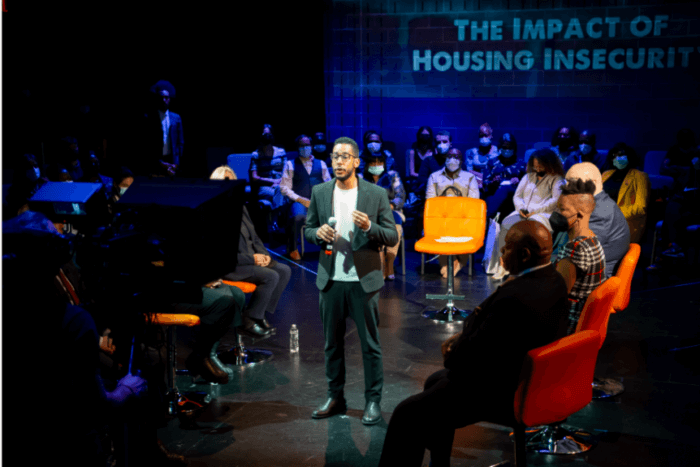
“We’re not solving that societal problem before it gets to an eviction,” Martin said. “I don’t want evictions. The property owners I speak to, it costs them significantly more money to go to housing court to get an eviction than it would be to collect a rent check on a daily basis or a weekly basis or a monthly basis. They don’t have the disposable income to be going to court all the time.”
Other proposals ask that the city simply spend its resources more efficiently. Central Brooklyn Assemblymember Stefani Zinerman said that the city should fix its “Area Median Income” formula that guides the city’s income bands for subsidized housing eligibility, often leaving so-called “affordable housing” out of reach for those who actually need it (the formula takes into account the entire New York metropolitan area, with 2022 AMI standing at over $120,000 for a family of three). Zinerman proposed instead a “community median income” that takes into account the wide income disparities seen across the city and region.
Brother Paul Muhammad, an East New York homeowner and member of Community Board 5, meanwhile, said that the city should stop hemorrhaging money to homeless shelters where housing someone can cost up to $4,000 per month, according to the Independent Budget Office. Instead, the city could spend much less money by simply renting apartments for people using vouchers, a proposal the IBO has said could save the city over $100 million over two years.
“This city sits there and pays $4,000 a month for a room, but they won’t pay my rent if the tenant has a three-bedroom apartment for $2,200,” Muhammad said. “What caused that? Policy and speculation.”
Even after the jolt from the status quo seen during the pandemic, some fear that an everlasting state of housing insecurity could become “normalized.” That, in turn, can spur gentrification and displacement.
In the short-term Brooklynites’ rents are still going to rise, as the slow, pulverizing grind of policymaking work attempts to find a silver bullet.
“We can’t let the short-sighted idea that needs of tenants and homeowners are in conflict with one another get in the way. We can’t let it distract us,” Reynoso said. “We all want something better: cohesive communities where we do not live in fear of being displaced from our homes, where we can put down roots and age in place. Where we know our neighbors and can raise our families. Together, we can get there.”


